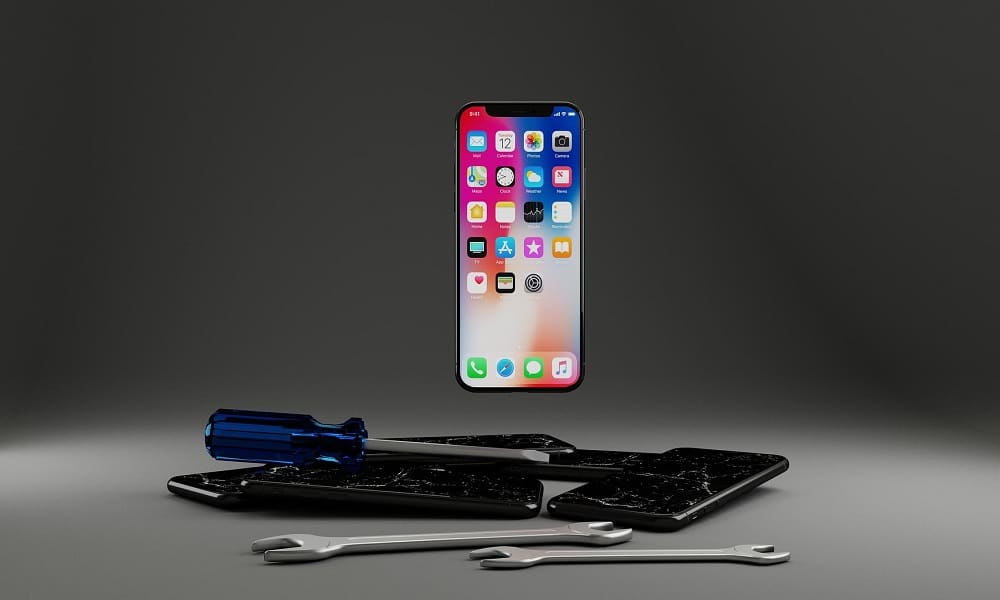There are plenty of mobile banking apps on the market. However, only a few become true gems in their category. Now imagine that your app is one of them! Apart from media success, you see that the referral program introduced for customers is working exceptionally well. One of your most devoted customers, John Smith has already convinced 14 of his friends to switch banks. It’s not just thanks to marketing; the app is genuinely perfect.
Top-notch usability combined with world-class designs and animations makes your app no 1.
In this article, I will delve into the chosen aspects of mobile banking app usability to shed light on what makes some of them truly exceptional. The following conclusions are drawn from Finanteq’s extensive experience of over a decade in mobile banking development.
9 Key usability elements of a mobile banking app
Usability is a crucial part of mobile banking app development and plays a key role in creating user experience (UX). An app that is difficult for users to navigate and, on top of that, is poorly secured is bound to fail. So, what elements are vital? Let’s see!
- Onboarding process. Opening an account should be safe, easy, paper-free, and 100% remote. A brilliantly executed process is a teaser for a superb user experience while using the app.
- Login process. Logging into the application should not be frustrating. Currently, there are very convenient authentication methods, such as Face ID – implementing them is a must.
- Tutorials. This is a great tool that facilitates the navigation through the application. It lets the users get to know your app faster, translating into better app usability.
- Navigation. A well-designed navigation system ensures that users can easily explore various sections, access essential features, and transition between different functions without confusion. The goal is to provide a seamless and user-friendly journey, enhancing the overall usability of the application.
- Dashboard. It serves as the central hub of the mobile banking app, presenting a comprehensive overview of the user’s financial information at a glance. The dashboard has to be clear, and it’s great when it can be customized.
- Payments tab. User-friendly, easily accessible part of the application where the customer can initiate payments. However, surprisingly many banks could significantly improve this key section in their application.
- Apply tab. It’s the section where banks can showcase tailored products like credit cards or loans to meet each customer’s needs. Providing personalized services and products is a standard feature in modern banking apps.
- Budgeting and spending feature. The application should not only offer its core functions but also serve as a tool for effective budget management. A must-have feature is the ability to track expenses and plan budgets seamlessly within the banking app.
- Security. In the context of usability, the great focus on safety should be visible at every moment of using the application. For example, when setting or changing the password, the user can receive interactive prompts suggesting whether it is safe or not. Another example is the option of blocking a card. It’s a simple but very useful feature.
The above list doesn’t cover all the elements affecting an application’s usability, as numerous factors play a role. Implementing changes to the basic functionalities or section leads to a considerably enhanced overall app experience, as often evidenced by user reviews on both Google Play and Apple Store.
At Finanteq, we’ve undertaken multiple facelifts of mobile banking apps, leveraging our own banking framework and successfully creating new apps from scratch. With our expertise, we can provide recommendations for significant improvements of any mobile app on the market.
How can banks measure if users are satisfied with the banking app?
How, then, can you check whether your application meets user expectations? Below, you can find five easy ways to measure user satisfaction.
- Time spent on the app. This metric measures the average duration users spend actively engaging with the application. A higher time spent generally indicates greater user engagement and satisfaction.
- Number of conversions. Besides being useful for bank customers, the application must achieve its set goals. The number of loans taken out through the app or purchasing other services and products the bank offers should consistently increase.
- Number of downloads. It reflects the total instances users have downloaded the app. A growing number of downloads proves that the popularity and interest in the application are growing.
- Number of deinstallations. Monitoring deinstallations helps identify potential issues or dissatisfaction among users, guiding developers in making necessary improvements to retain them.
- Reviews. Opinions in stores are extremely important. They should be regularly monitored and considered in subsequent versions of the application.
To enhance overall satisfaction with the application, it’s crucial to view the development of a mobile banking app as an ongoing process. Continuous refinement requires a proactive approach, staying abreast of the latest trends, benchmarking, listening attentively to customer feedback, and embracing changes without hesitation!
To wrap up
Perhaps you have collaborated with a software house that promised effective application development, but the reality turned out to be entirely different. Frequently, companies lacking a specific specialization become barriers to change and fail to contribute value to the product. This is why, to ensure that your application is in the hands of the best in the field, opting for Finanteq’s services is a wise choice.
When you decide to collaborate with us, you be certain that our specialists always conduct a thorough audit of your application. They also provide recommendations for optimal solutions in UX and UI areas, all while upholding the highest standards of security.With Finanteq, you will get the app that your customers will love and appreciate.
Check us now: [email protected]


